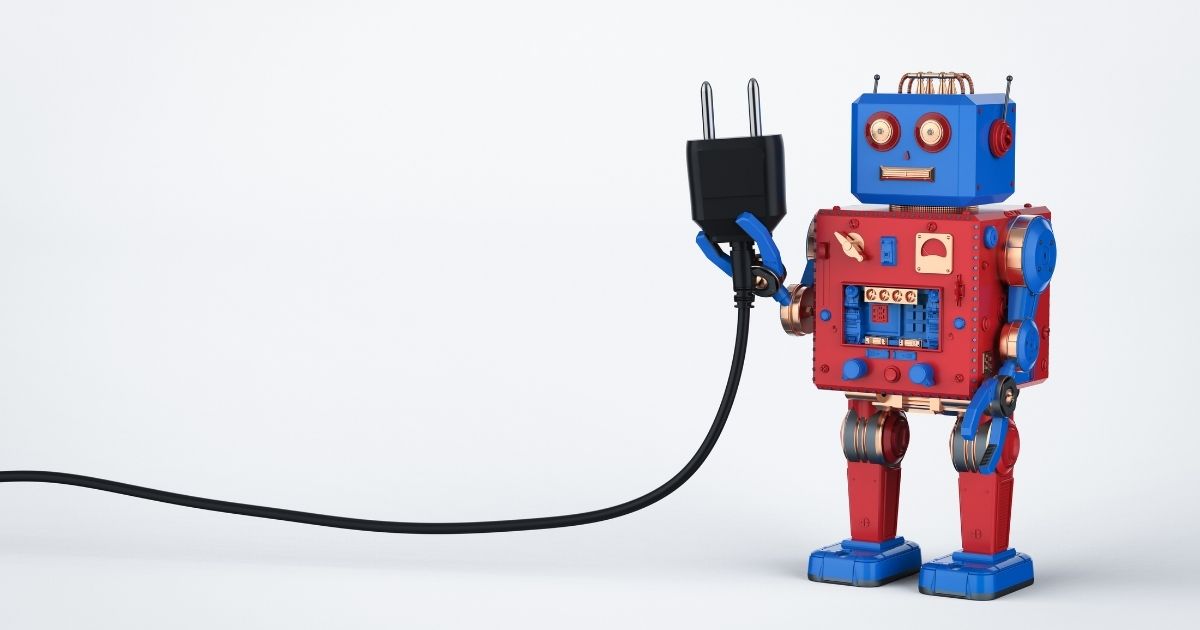- Who We Are
- What We Do
- Success Stories
- Careers
- News & Events
- Contact us

Using AI in data science has enabled companies to manage better the vast amount of data generated by their energy generation power projects. This has given companies time to invest in new energy sources, like tidal energy, and effectively use their existing infrastructure.
AI Applications in the Energy and Utility Industries
AI is proving to be a real enabler for these energy projects, doing several different things. Examples are production optimisation, using computer vision to analyse the asset utilisation, and understanding capacity while predicting failures to reduce maintenance costs on Power Plants. Another is reducing downtime for predictive maintenance of equipment by modelling for predicting corrosion risks on Offshore Wind turbines.
What Are Notable Cases and Applications of AI in the Energy and Utility Industries?
Numerous companies and projects are using AI to solve a variety of problems, including:
1. Asset Tracking and Maintenance/Digital Twins
DTs can help asset management teams with monitoring, planning, and lifecycle issues because they use real-time data and can be quickly changed to suit changing conditions. For example, a DT could help with production imbalances when a plant is in an energy crisis.
DTs can also help with rapid changes in economic conditions, like the COVID-19 pandemic, which caused the prices of energy commodities to skyrocket. DTs are responsive. They store data for analysis at a later time, and they can be configured to respond differently based on various conditions.
2. Optimising Energy Production and Scheduling
Project overruns are shared in an offshore wind farm building. Delays caused by weather, resource and product limitations, shipping risks, and Government and Local Authority regulations have been partially attributed to these issues.
Complexity further increases in construction because of platform installation, fishing restrictions, and environmental concerns. Thus, it becomes imperative to find robust planning and scheduling models that consider these factors and associated risks.
For example, an AI-based platform helps utility companies to forecast turbine blades, generators, and gearbox failures on wind turbines and optimise energy production. Another cloud-based platform provides offshore operators with advanced analytics software featuring AI algorithms that analyse incoming data for anomalies, ultimately signalling trouble ahead in the monitored equipment.
3. AI-Led Cybersecurity
Many energy and utility organisations have experienced security breaches. PwC’s 2016 Global State of Information Security Survey revealed that 42 per cent of energy enterprises were victims of phishing attacks. The unprecedented hack of Ukraine’s power grid in 2016 is a harsh reminder of what could happen to the European power market and its lack of cybersecurity at the time.
The rise in the number of physical and cyberattacks and the increase in security spending have necessitated the need for artificial intelligence tools to encrypt their working system into the security of the utilities. Video cameras are a sensor that helps to monitor the security threats in utilities. When combined with software, they can secure every endpoint.
4. Logistics Network Optimisations and Logistics
The supply chain in certain energy industry sectors, like oil and gas, can be complex, involving decision nodes like recyclers and gas producers/distributors. Those operations include the purchase of bulk petroleum, refining the oil into gasoline, and shipping the gas to distribution facilities. Those operations can be coordinated using AI, ensuring retailers access crucial products like gas tank refills.
Conclusion
AI proves useful in various necessary functions, from production optimisation to cyber security. It is helping companies to increase their efficiency and profitability and making the world a greener place. It is anticipated that AI algorithms will continue to evolve to include new data sources and processes.
With the main focus on custom-software development, Informatics also specialises in infrastructure solutions and services through years of experience and knowledge. We gained a prominent position in the global IT sector, providing some of the most cutting-edge software & Infrastructure solutions with a local and international client list. Get in touch with us! Let us know how we can help.
Written by Daniele Paoletti
